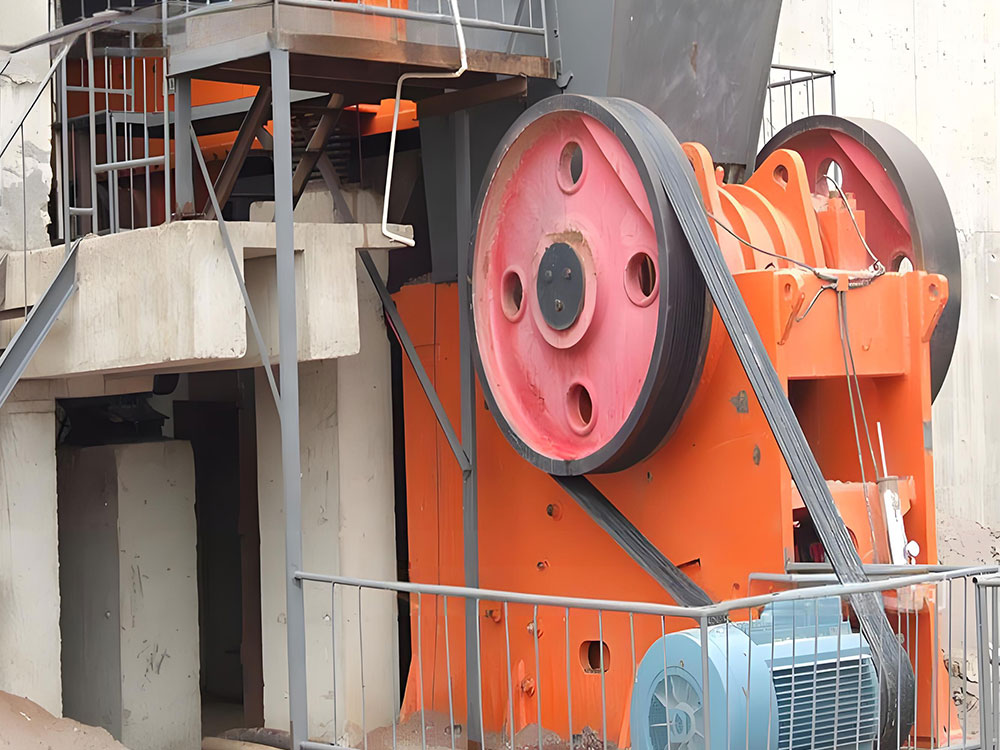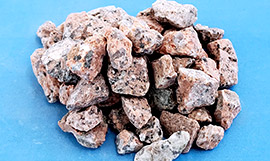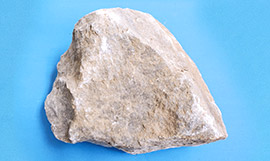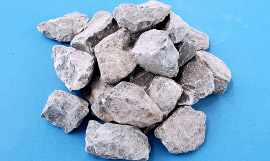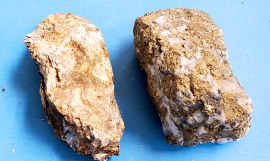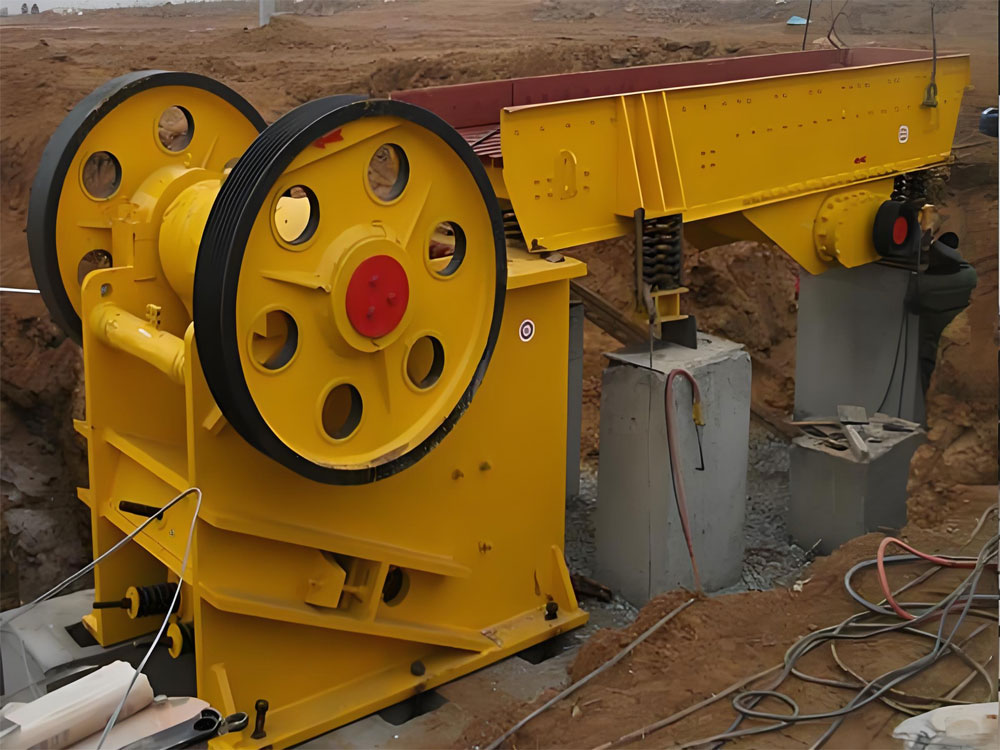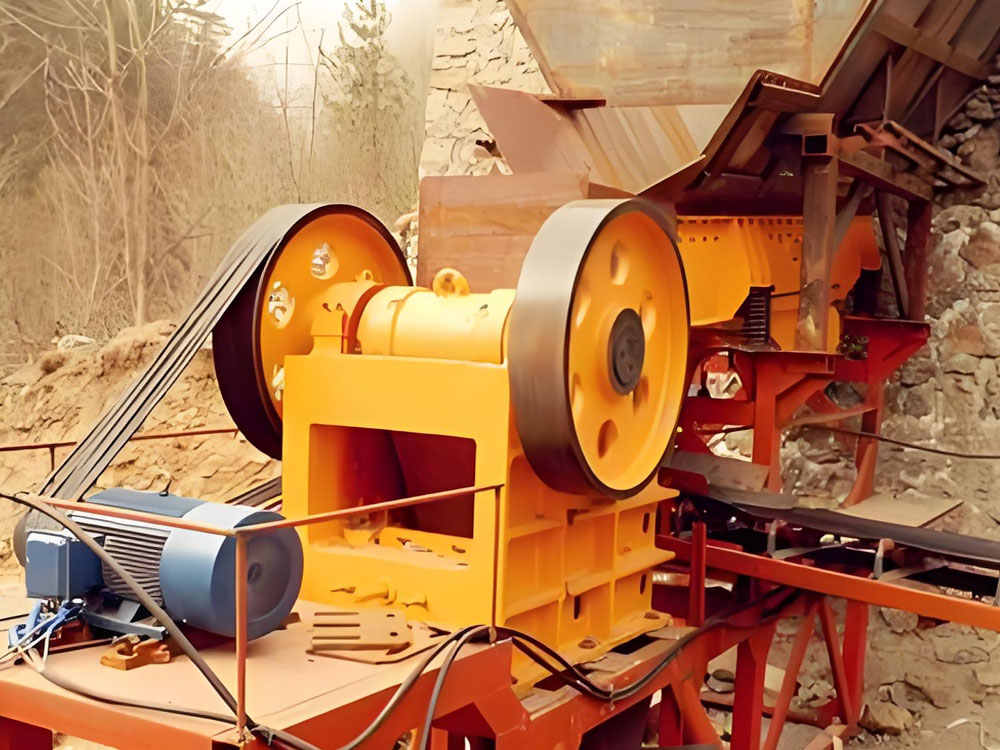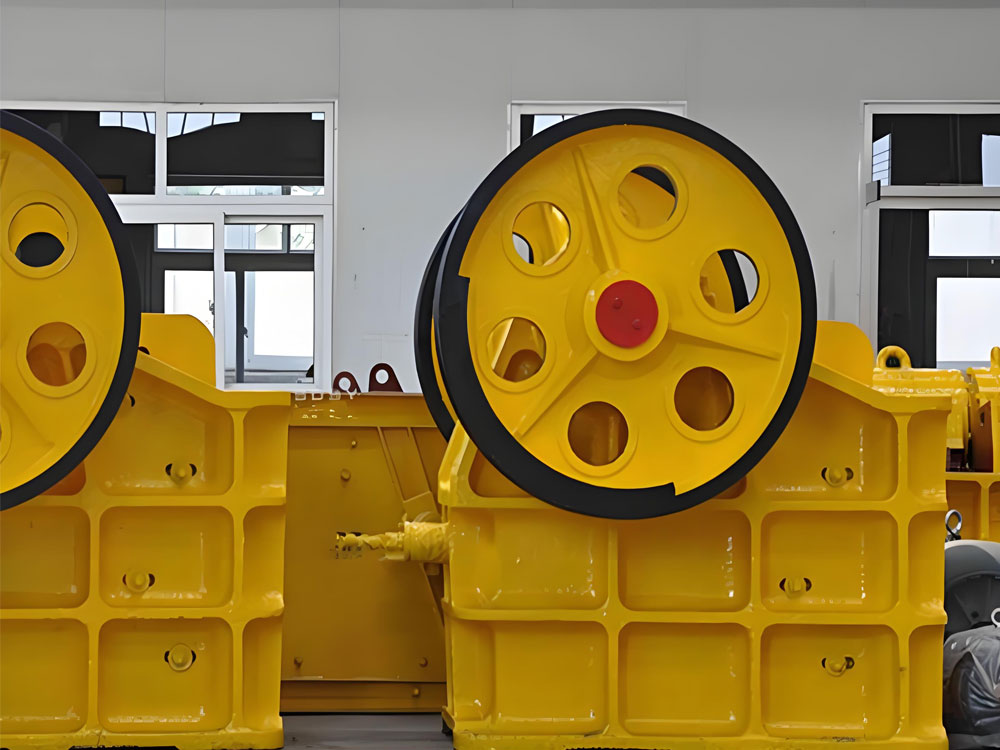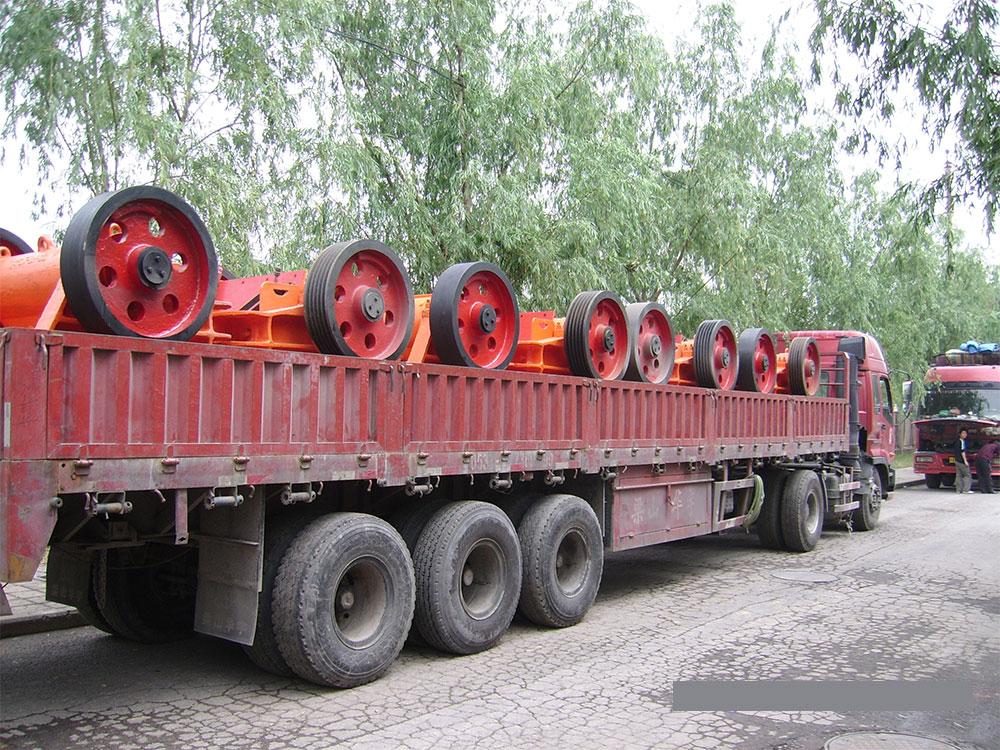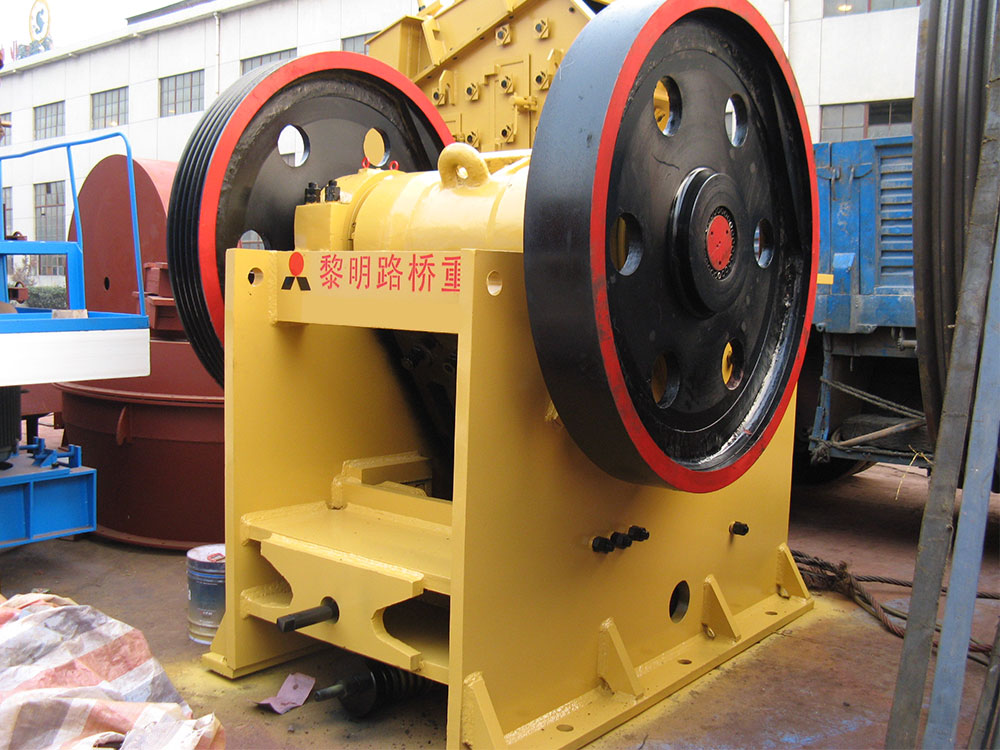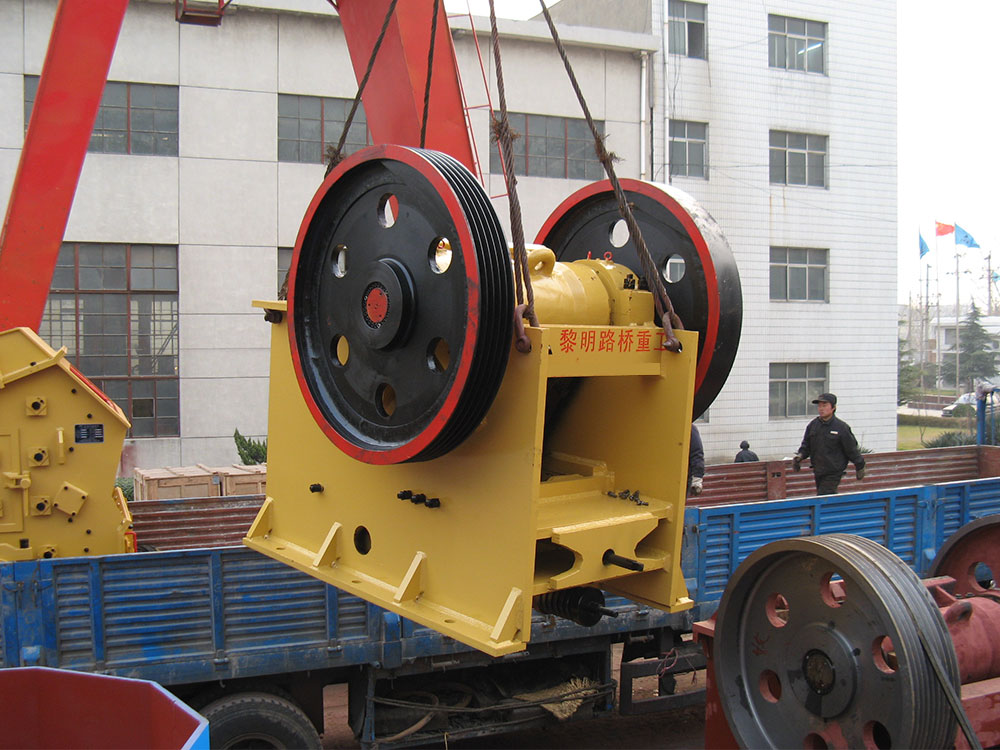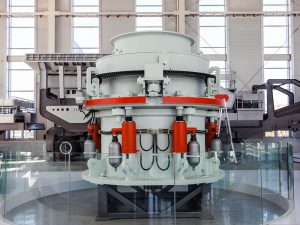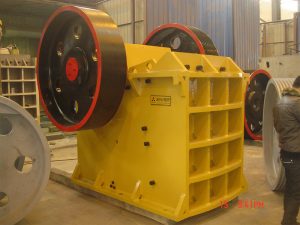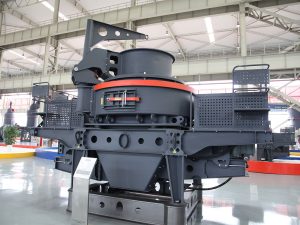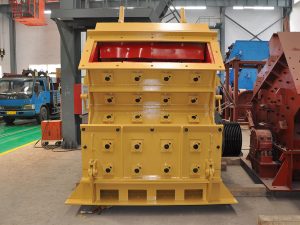The Comprehensive Guide to Jaw Crushers: Operation, Innovations, and Sustainability
Jaw crushers are a cornerstone of modern material processing, serving as primary crushers across mining, quarrying, and recycling industries. Their ability to handle large, abrasive materials with high efficiency makes them indispensable. This article explores the operational nuances, technological innovations, and sustainability aspects of jaw crushers, providing insights for optimizing their use in various applications.
Operational Principles and Mechanisms
Jaw crushers operate on a simple yet effective principle: compressive force. Two vertical jaws—one fixed and one movable—crush material between them. The movable jaw, driven by an eccentric shaft, moves in an elliptical motion, creating alternating phases of compression and release. This action breaks down large rocks into smaller, manageable sizes.
The crushing process begins with material entering the top of the crusher. As the movable jaw moves toward the fixed jaw, it compresses the material against the stationary surface. When the movable jaw retracts, crushed material descends further into the chamber, undergoing repeated cycles until it reaches the desired size and exits through the bottom. The size of the output is controlled by adjusting the gap between the jaws, known as the closed-side setting (CSS).
Key to this process is the nip angle—the angle between the jaws. An optimal nip angle ensures efficient gripping of the material without causing unnecessary wear or blockages. Typically, this angle ranges between 22 and 26 degrees, balancing productivity and operational safety.
Technological Innovations in Jaw Crusher Design
Recent advancements have significantly enhanced the performance, efficiency, and durability of jaw crushers. These innovations address common challenges such as wear, energy consumption, and operational flexibility.
Automated Control Systems: Modern jaw crushers often incorporate computerized control systems that monitor and adjust operations in real time. These systems optimize the CSS, track wear levels, and regulate feed rates to maximize efficiency and minimize downtime. Automated adjustments ensure consistent product quality while reducing manual intervention.
Advanced Materials for Wear Parts: Jaw plates and other wear components are now manufactured using high-strength, abrasion-resistant materials like manganese steel alloys and composite ceramics. These materials extend the lifespan of crusher parts, reduce replacement frequency, and lower long-term operational costs. Some designs also feature reversible or multi-purpose jaw plates, allowing for extended use through rotation or repositioning.
Energy-Efficient Drives: Innovations in drive technology, such as hydraulic adjustment systems and high-efficiency motors, have reduced the energy consumption of jaw crushers. Variable speed drives allow operators to adjust the crusher’s operational speed to match the material characteristics, further enhancing efficiency.
Modular and Mobile Designs: Modular jaw crushers offer flexibility for temporary or mobile operations. These designs are easily transportable and can be quickly assembled or disassembled, making them ideal for sites with changing requirements or limited infrastructure.
Applications Across Industries
Jaw crushers are versatile machines capable of processing a wide range of materials, from hard granite to recycled concrete. Their primary applications include:
Mining and Quarrying: In mining operations, jaw crushers reduce large ore chunks to manageable sizes for further processing. Their robustness and high capacity make them suitable for handling abrasive materials like basalt and iron ore.
Recycling and Demolition: Jaw crushers play a critical role in recycling construction and demolition waste. They break down concrete, asphalt, and bricks into reusable aggregates, contributing to sustainable building practices.
Aggregate Production: In aggregate plants, jaw crushers serve as the first stage in producing crushed stone, sand, and gravel for construction projects. Their ability to produce uniformly sized material is essential for meeting industry standards.
Sustainability and Environmental Considerations
As industries prioritize sustainability, jaw crushers have evolved to minimize their environmental impact. Key advancements include:
Dust Suppression Systems: Modern crushers are equipped with integrated dust suppression systems that reduce airborne particles during operation. These systems use water sprays or filters to capture dust, improving air quality and compliance with environmental regulations.
Noise Reduction Technologies: Innovations in design, such as sound-dampening materials and enclosed structures, have significantly reduced noise levels. This makes jaw crushers more suitable for use in residential areas or noise-sensitive environments.
Energy Recovery Systems: Some advanced models incorporate energy recovery mechanisms that capture and reuse energy generated during the crushing process. This not only reduces power consumption but also lowers the carbon footprint of operations.
Recycling and Circular Economy: By enabling the efficient processing of recycled materials, jaw crushers support the circular economy. They help transform waste into valuable resources, reducing the need for virgin materials and minimizing landfill use.


